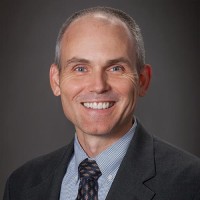
Robert Geen
On February 9th, when President Trump signed the Family First Prevention Services Act, I, like hundreds of advocates across the country, celebrated. This was a pivotal moment in the history of our nation’s child welfare system, an opportunity to truly put family first. Along with my excitement came two thoughts: How did we get here and what happens now?
How did we get here?
I believe that Family First is revolutionary, but the act is also just the next step in the evolution of our child welfare system. Child welfare advocates know the rungs on this evolutionary ladder well – the Indian Child Welfare Act, the Adoption Assistance and Child Welfare Act of 1980, the Adoption and Safe Families Act, and the Fostering Connections to Success and Increasing Adoptions Act, among others. Each of these reforms was grounded in the understanding that children do best in families, preferably their own. And while each of these reforms improved child welfare practice, state efforts were limited by available resources.
In passing Family First, Congress acknowledged a number of remaining system shortcomings. First, Congress acknowledged that too many children are unnecessarily separated from parents who could provide safe and loving care if provided needed metal health services, substance abuse treatment, or parenting skills training or counseling.
Family First also recognizes that too many children who enter foster care are placed in group settings, not because they have therapeutic needs that warrant such a setting, but because child welfare agencies have been unable to recruit and retain enough kin and non-kin foster families who can more effectively care for these children.








